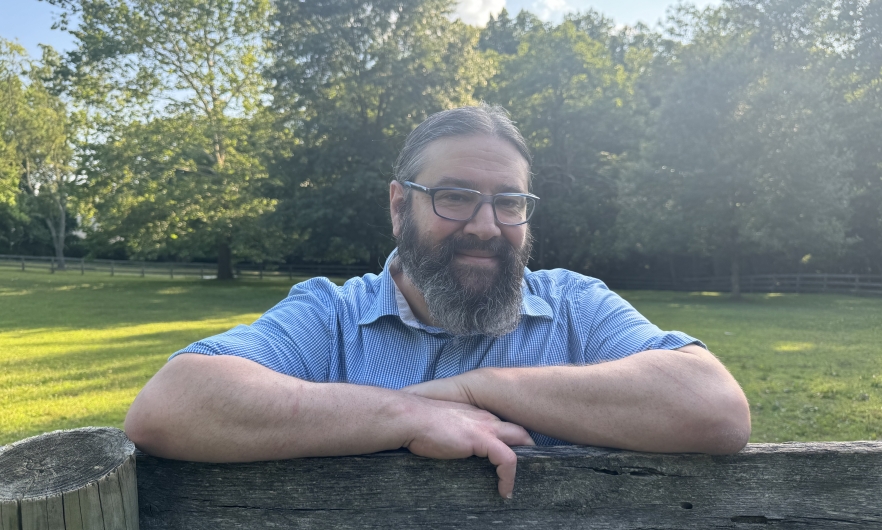Faculty Feature: Anthony R. Carlini

Anthony R. Carlini, MS is a Senior Research Associate at the Bloomberg School of Public Health (BSPH), Department of Health Policy and Management, and a core faculty member of the Center for Injury Research and Policy. Mr. Carlini manages clinical trials and uses data science to advance the study of trauma systems and injury outcomes.
How did you get into the field of injury research?
As a senior in high school, I took an elective First Aid and CPR class that I really enjoyed. This led to me getting interested in EMS and volunteering for the local ambulance corps. But before too long, I was off to college and put EMS aside. But I learned about a program in Maryland that would allow me to major in this topic area. I transferred in and got an undergraduate and graduate degree, focusing on EMS systems and policy. During this time, I worked at the Maryland Institute for EMS Systems (MIEMSS, the state's lead EMS agency) and got exposure to everything I had been studying, plus I had the opportunity to work on various data projects. As my training drew to a close, my graduate school advisor had suggested reaching out to someone he had trained under and worked with some time ago. That person was Ellen MacKenzie, then the director of the Center for Injury Research and Policy. She brought me on at the start of a landmark study called the National Study on the Costs and Outcomes of Trauma Care (NSCOT). The projects kept steadily coming afterward and they have taken various forms - cohort studies, systems research, technical assistance, and clinical trials – all related to EMS and trauma.
Tell us about an active project that you are currently working on.
Much of my work is under the umbrella of another research center focused on injury here at BSPH called METRC (the Major Extremity Trauma Research Consortium). This group serves as a data coordinating center for running clinical trials for severely injured patients with partner trauma centers throughout the country. This endeavor has enrolled thousands of participants in research studies since its creation in 2009. One of the exciting opportunities in this setting is the ability to work on issues related to measurement of outcomes for trauma patients. METRC was created to do “big science” - we have patient reported outcome (PRO) data for thousands of individuals up to 2 years following their injury. This has led to interesting work related to validating PRO instruments for use in a trauma population, equating and comparing various measures, and evaluating minimal clinically important differences (MCIDs). All of this is a bit nerdy, but it’s nice to know that this type of work is helpful to the clinicians with whom we work, and it helps improve research in the future as well.
What is your hidden talent?
Let's a call it a DIY spirit…I like getting into details and picking up a new skill, especially at home on my small farm. If something needs repair or building, I'm far more likely to start with the mindset of doing it myself, if possible and practical, and getting some help if I get stuck further down the line. The real (not so) hidden talent? Playing with lots of power tools without a trip to the hospital.
If you could have brunch with any celebrity, who would you meet and what would you talk about?
How about Bono, front man for the band U2? For this excursion, I'd head to Bono's favorite local pub and spend the midday meal talking about typical rock star things – his formative years, hitting it big, touring the world. Toward the end of the meal, I'd ask him about his personal journey into the areas of world affairs, activism, and philanthropy then simply ask him what's on his mind about the world today. Then I'd hope the conversation continues until the pub closes later that evening.
What is your favorite part about being affiliated with the Injury Center?
I like the fact that we have such a diverse group of people working to tackle a very complex societal problem. We have specialists in prevention but also in the response to and the aftermath of injury. We operate in different spaces – programs and policy, hospitals and communities, environmental and behavioral factors – using different methods and tools. It's exciting to have all this live in a single center and I believe it keeps us grounded while putting what we each do individually into a broader context. I feel more well-rounded for it.
